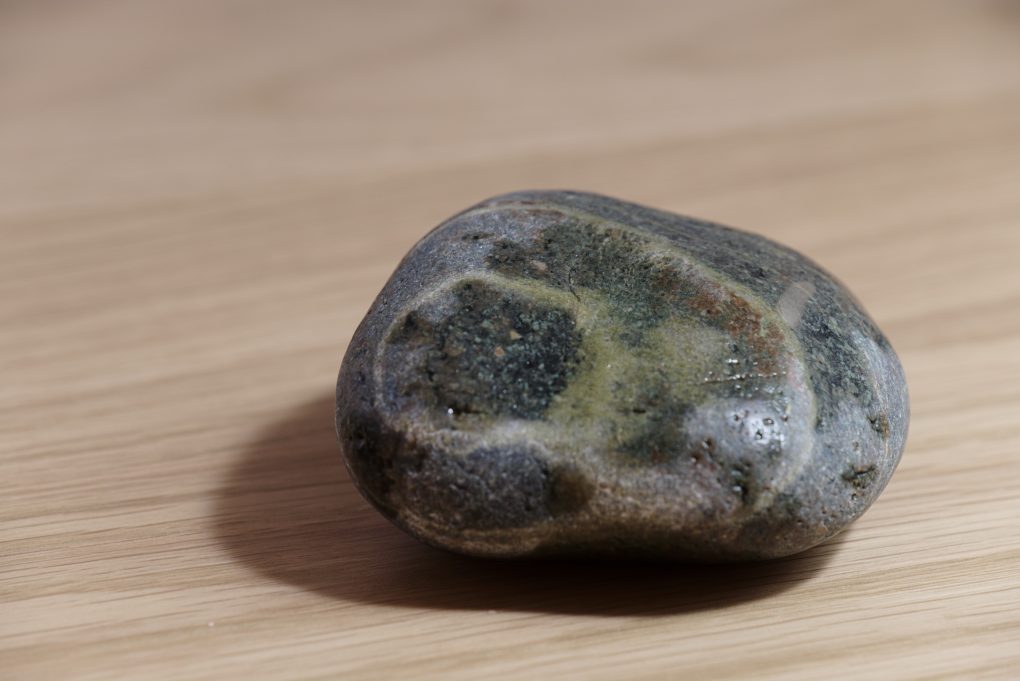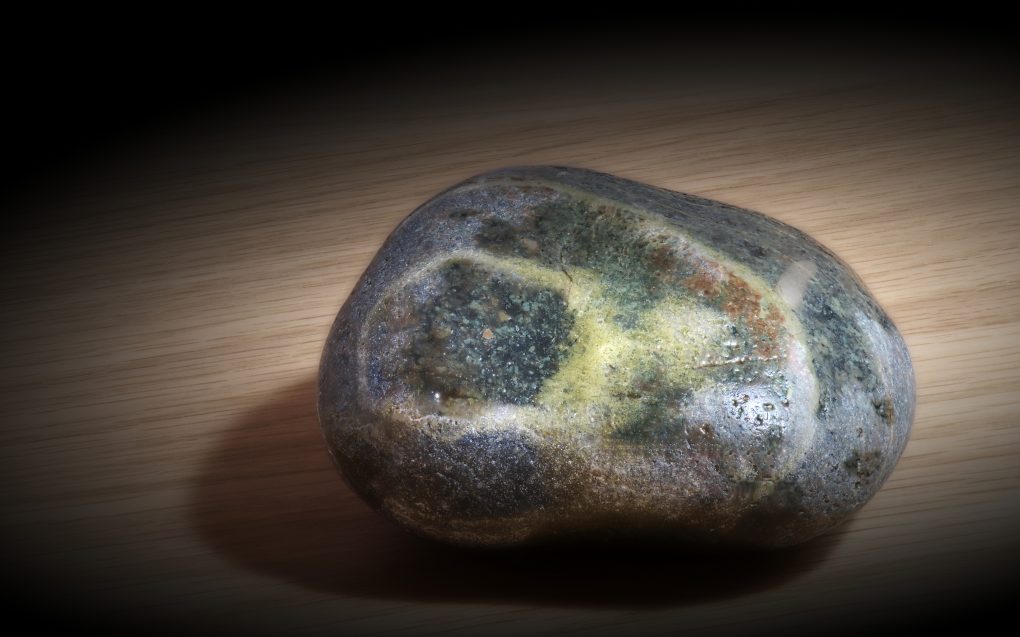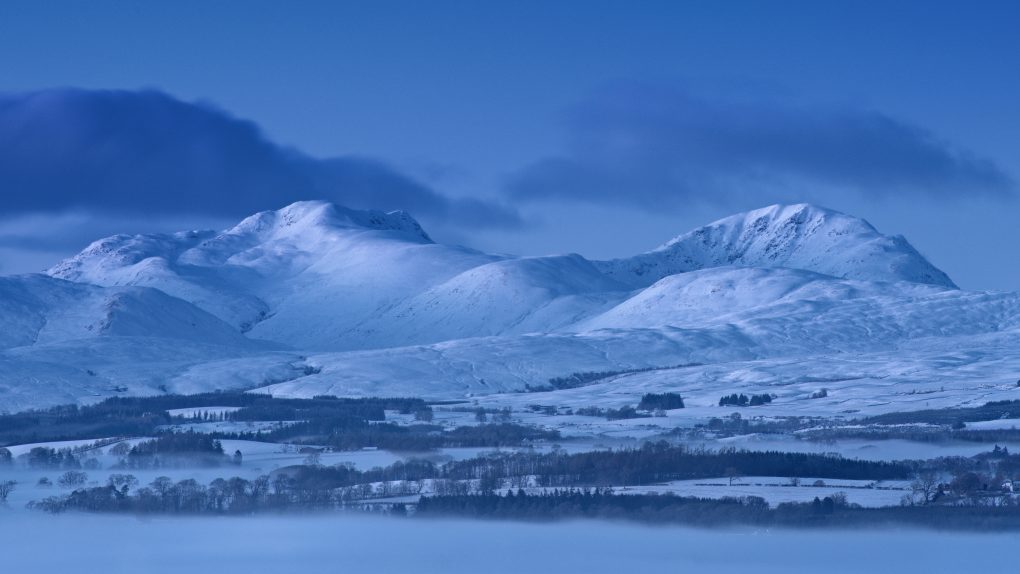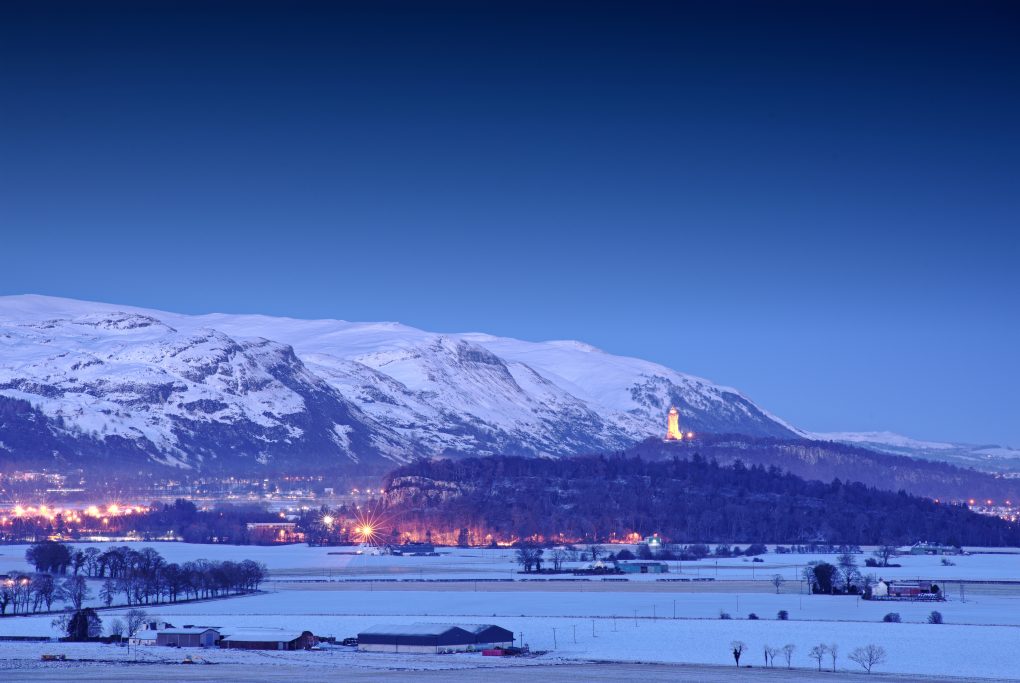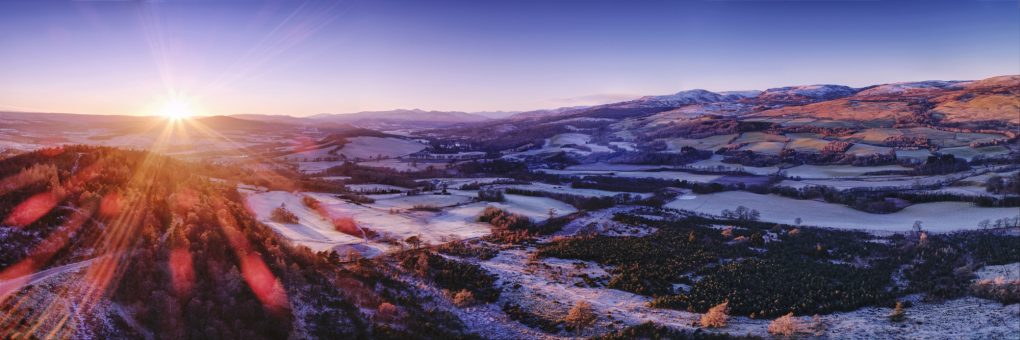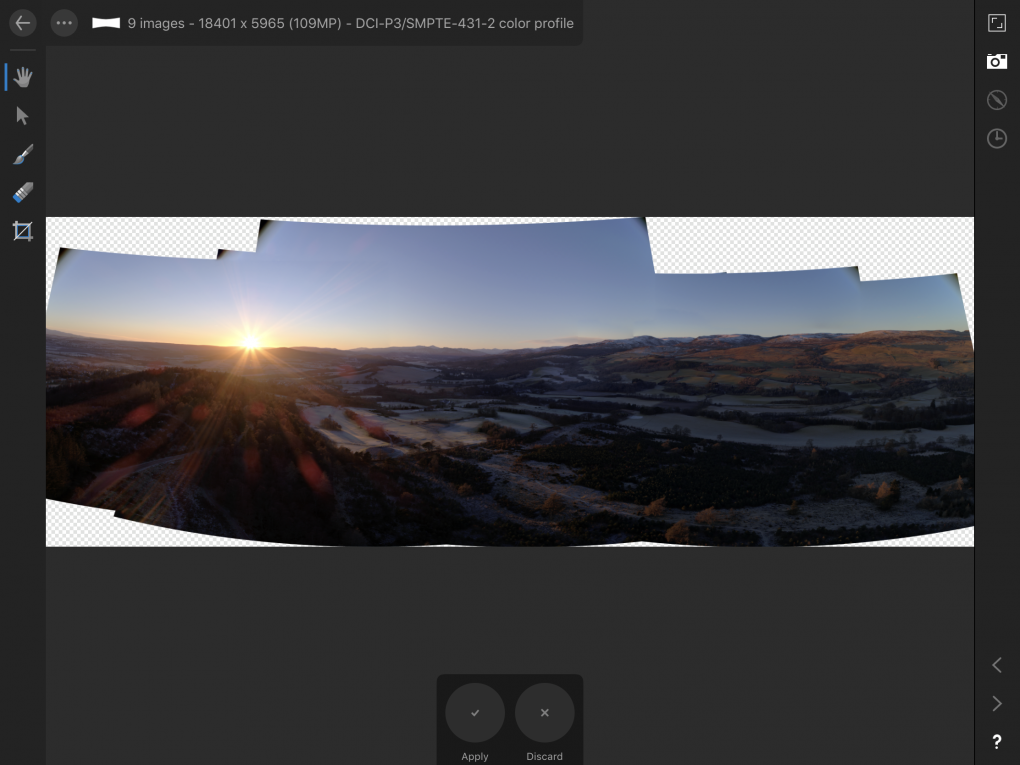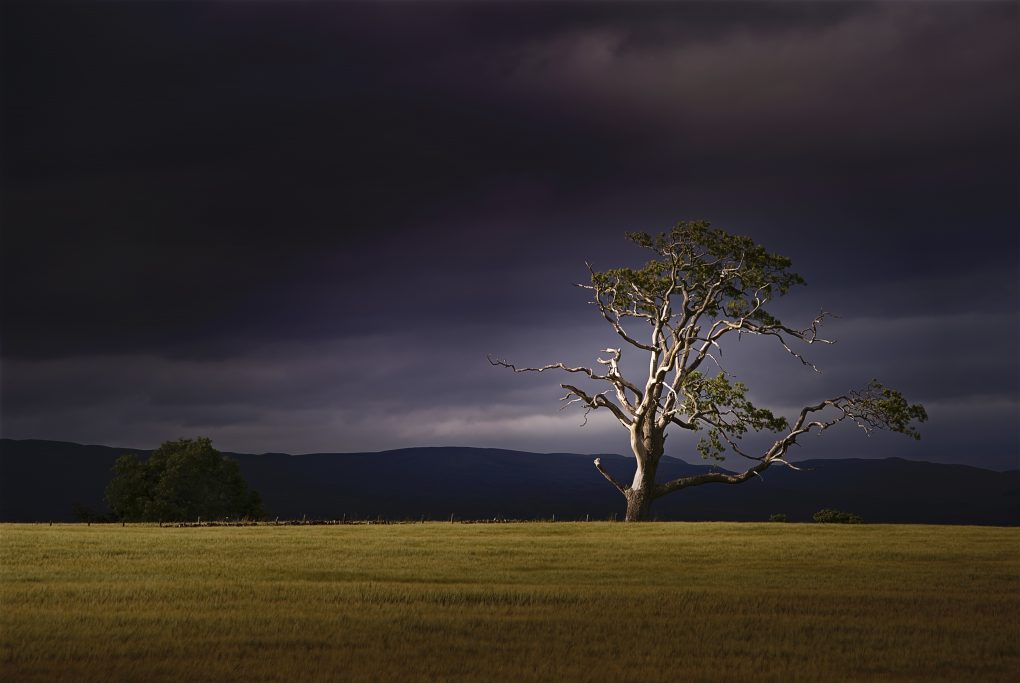Simple pleasures. Two photos of clouds catching the evening sunset light.
Tag Archives: Serif Affinity Photo
Focus-Stacking with the Fuji X-H1
For years I’ve been a fan of superresolution – taking multiple images of a scene with subtle sub-pixel shifts and upscaling before blending to give a greater resolution photo than any one source.
One of the features I used occasionally on the Pentax K-1 was its pixel-shift, whereby the sensor moved four times around a 1px square; this gives an improved pixel-level resolution and full chroma detail at each point.
Having exchanged that for the Fuji X-H1, I still look to perform super-resolution one way or another. Hand-held HDR always works – in this case even better than either the K-1 or the X-T20 because the X-H1 permits 5 or 7 frames per bracket at ±2/3EV each, which is ideal.
But I thought I’d experiment with a different approach: focus-stacking. This way, the camera racks the focus from foreground to background in many fine steps. Keeping the focal-length the same, the effective zoom changes subtly between successive images. Essentially, where hand-held HDR varies the position stochastically in an X-Y plane, focus-stacking means pixels from the source frames track a predictable radial line in the superresolved image.
The X-H1 has focus-bracketing but leaves the blending up to the user in post. That’s OK.
First, an overview of the scene:
The X-H1 made 50 frames, focussing progressively from front to back. These were blended using enfuse:
time align_image_stack -a /tmp/aligned_ -d -i -x -y -z -C [A-Z]*.{tif,tiff,jpg,JPG,png}
time enfuse -o "fused_$base" /tmp/aligned_* -d 16 -l 29 --hard-mask --saturation-weight=0 --entropy-weight=0.4 --contrast-weight=1 --exposure-weight=0 --gray-projector=l-star --contrast-edge-scale=0.3
The results are a little strange to behold – while the effective DoF is much increased (the distant wood texture is clear) the rock detail is quite soft; I suspect some of the above numbers need tweaking.
However, with a bit of work – both enhancing the local contrast and using in-painting to tidy up the rock itself – a pleasant image emerges:
A definite improvement. I may have to use it in my landscape work a bit 🙂
Last Light, Stirling
Driving up the M90 past Stirling there is a little mound of a hillock at Craigforth, opposite Cambusbarron, which I thought might afford a nice view of the city at dusk.
In practice the mound is owned by a large insurance company with lots of restricted access by road, so I found Scout Head hill a couple of miles down the A811 near Gargunnock.
The snow was nearly a foot deep in parts so it took 1.5hr to walk 3 miles, uphill and down, to say nothing of 1.5hr making photos off the top.
The light was totally awesome. As expected, the hill’s shadow crept across the landscape, chasing the warm sunlight up the Wallace Monument and Stirling Castle, leaving Dumyat as the sky turned pink/purple/blue in the Earth’s Shadow.
I made a little timelapse video:
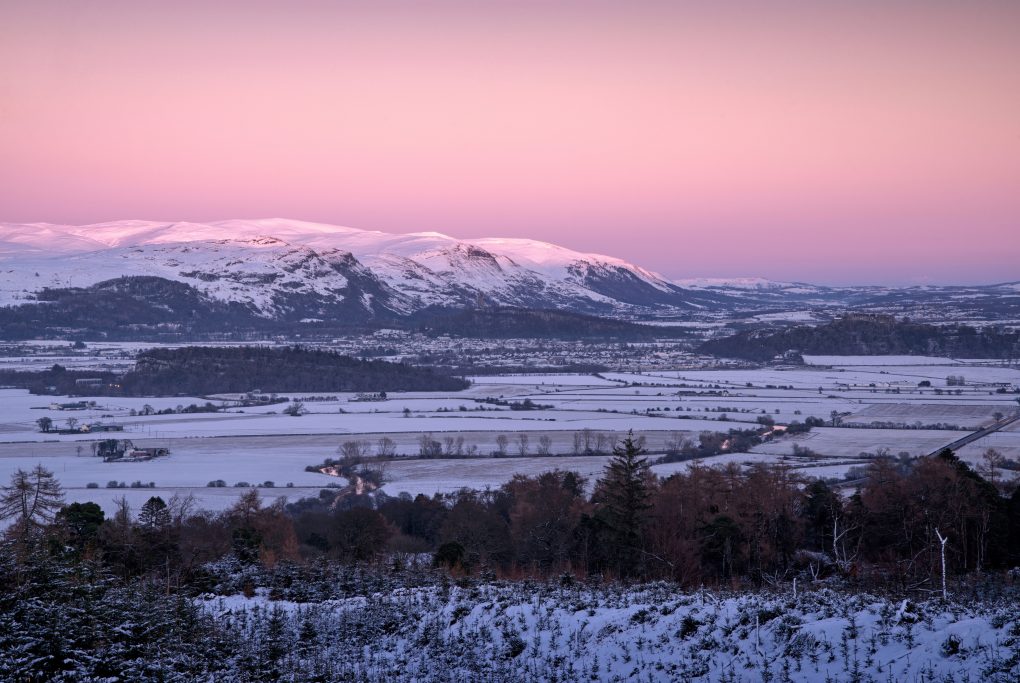
Beautiful winter landscape; the shadow moved its way across the landscape, with the last light making its way over the Wallace Monument and Stirling Castle before heading up Dumyat
I flew the drone away from the camera location and made an HDR panorama of Stirling from the air:
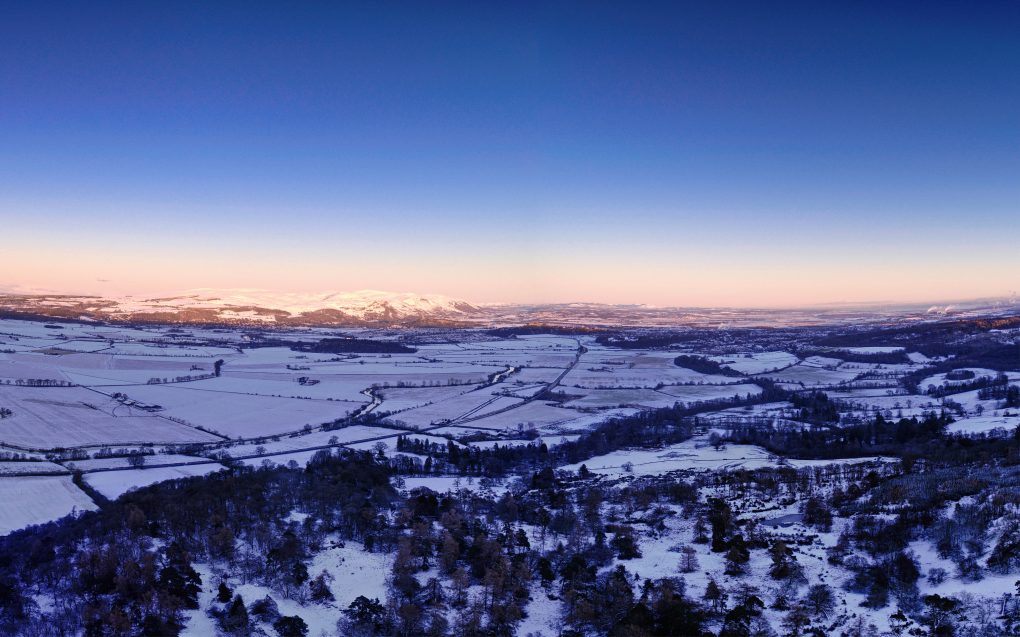
The last of the warm light – foreground partially cleared forestry in the shadow of Scout Head hill – contrasting with light on Craigforth, the Wallace Monument and Stirling Castle with Dumyat in the background.
Walking back down the hill in the cold twilight, the mountains of the Trossachs were glowing with white snow against the cobalt blue sky.
(I loved that light so much, I’ve made it available as a framed print via RedBubble already.)
The Forth is just a wee river this far west, but it still gave rise to a cloud of mist obscuring the view of local farms:
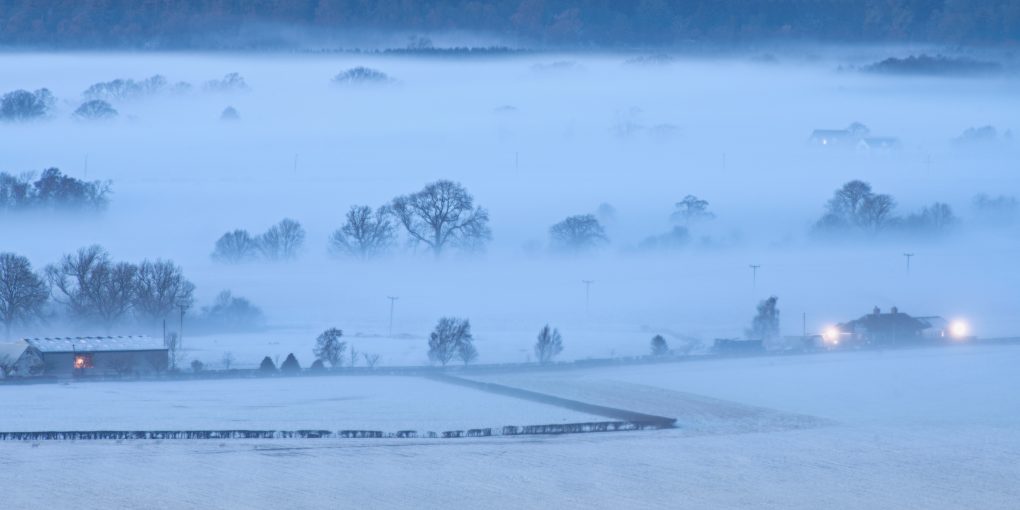
It’s only a wee river at this point, but the Forth gave off a large cloud of mist after dusk, obscuring the local farms.
And finishing up with the mankind-vs-nature theme, the Wallace Monument and orange streetlights of Stirling made a great contrast against the blue sky:
Strathearn Sunset
My sense of the geography of Strathearn has not really fitted together until quite recently. There have been a few locations, isolated points and a few lines: the A822 from Gilmerton up past Monzie to the Sma’ Glen; The Hosh at the foot to access Glen Turret; a small B-road between the two; a hill known as Kate McNiven’s Crag; and one or two other areas. More recently I’ve been climbing hills, “bagging” Torlum Hill and Laggan Hill as part of the Lady Mary’s Walk circuit out of Crieff.
The Highland Boundary Fault emerges in a burst of very lumpy landscape at the southern end of the Sma’ Glen. But what it does in the rest of Strathearn to the west, I’ve never really seen.
A couple of weekends ago I explored the Knock of Crieff independently; it struck me that the path up the north side afforded the perfect view along the length of the strath to the far mountains in the west, an elevated view along the glacial U-shape.
So late on Sunday afternoon I took the drone for a spin slightly out over the strath and made a panorama of 7 shots, each a 5-shot HDR exposure bracket sequence – blended on Linux, stitched and edited in Serif Affinity Photo for the iPad.
Lowlands to the left of me; Highlands to the right…
And just for the record, this is what it looked like in the middle of stitched the blended panorama, before I cropped and toned it:
Trying something a little different
For years now, my photo-processing workflow has been 100% open-source. However, in the interests of greater portability – hack on photos whilst on the go – and partly gratuitously for the sake of variety, I recently acquired an iPad Pro 10.5″ and installed the Affinity Photo app.
As a user experience goes, it’s really quite pleasant. The best way to synchronise files around the LAN seems to be Seafile, which is open-source and available for Linux, iOS and android. My Linux-based workflow regularly produces 64-megapixel images, working on multiple intermediate TIFF files, 16-bit ProPhotoRGB-linear; somewhat surprisingly, seafile, the iPad and Affinity Photo seem able to handle files around 450MiB in size. There are a few small gotchas – I had to import a few ICC colour profiles by hand and as yet, there doesn’t seem to be a way to customise export options (so you have to select JPEG 99% sRGB lanczos yourself afresh every time); I’m sure these things will come in time however.
So here’s a shot from last Sunday afternoon. As I was heading out of Muthill I saw this characterful old tree in a field; on the return journey a few hours later, not only was it still there but the clouds were darker in the background and the golden sunlight caught the bare branches. A very quick bit of parking and even quicker sprint back to the optimum viewpoint and it looked stunning. So I processed it a little further, realising an intention for how it should look that was apparent from the start.
